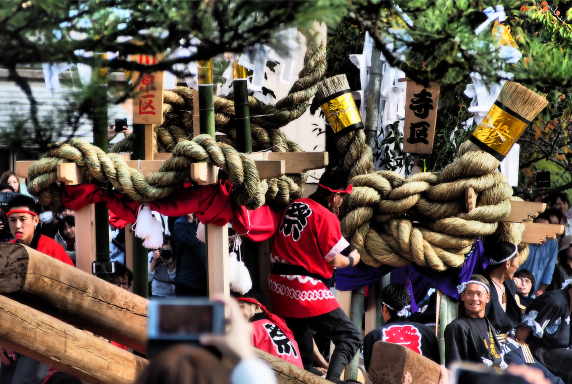History
Izushi is an old, historic town whose name has been heard since since the age of ancient
mythology. The foundation of the present town came into being as a castle town developed
around Izushi Castle, built in 1604. Izushi is known as the “Little Kyoto of Tajima” because its
streets were arranged in a grid pattern. Before Izushi Castle was built, Arikonoyama Castle,
located to the south of the town on top of Mount Ariko, was used. It was a large castle,
spanning 740 meters east to west and 780 meters north to south. While this spectacle is no
longer visible, the view of the town of Izushi is beautiful from the summit, so we recommend
hiking all the way up to the top of the mountain.
















